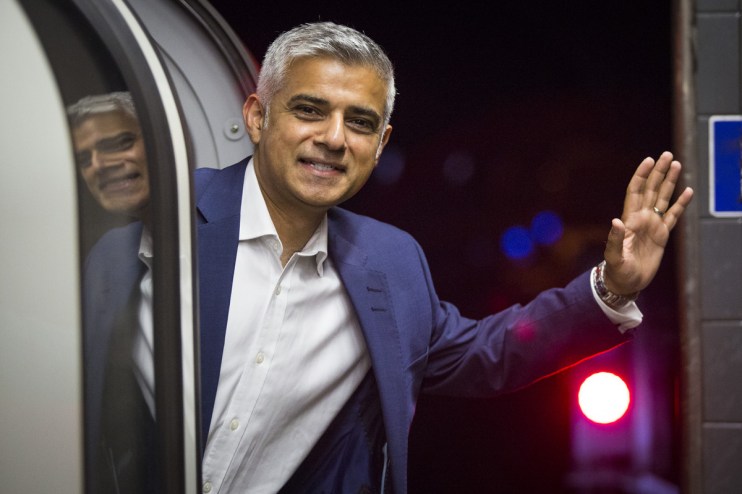How London became Labourland – and why we should worry

Labour has painted the town red, but a lack of proper challenge will make governing ineffective, writes John Oxley
There’s just four weeks until the London mayoral election and, barring an unexpected shift in public opinion, Sadiq Khan is set for a record third term. Though Labour is working hard to avoid complacency, the reality is that it would take a real upset for the party to lose. Indeed, overall, London is heading towards being an entirely Labour city.
Across the capital, the Tories are in retreat. The party performed poorly in the 2022 local elections and failed to offer a challenge in the last mayoral contest. At a parliamentary level, the Conservatives are struggling even more: a recent MRP poll from Survation had them losing every seat in the capital. Labour, it predicted, would meanwhile win all but six Greater London seats. Those six, all in the southwest of the city, would be picked up by Lib Dems, with Conservatives managing second in just one of them. The price
numbers may be debatable, but the trend is clear: London is becoming a Labour city.
It was once only the cities of the north which could boast of being Tory-free zones. In the aftermath of the eighties, social and economic change pushed out the Conservatives and brought in Labour hegemony. Manchester Withington, for example, was Tory-held until 1987; now, the party struggles to get 10 per cent of the vote there and doesn’t hold a single seat on the entire City council. A similar demise is on the horizon for London’s Tories.
Indeed, the situation has perhaps never been worse for them. Until recently, the plushest bits of central London and the leafy suburbs could reliably turn blue. In 1992, the party secured 41 of London’s seats, an essential part of the slender majority. Even in 1997, the party held on to 11 seats in the capital. Now that has changed. Despite winning a national majority of 80 in 2019, the Tories picked up just 21 of London’s 73 seats, the same as in 2005 when the party lost out across the country.
For the Conservatives, this presents a huge electoral problem. If they ever want to govern again, the trend either needs to be reversed or those seats replaced. Gains in the Red Wall might have made up for a poor performance in the capital, but the Tories would have to reach even further into Labour heartlands to make up for places like Chelsea and Fulham going red.
Even so, London is a microcosm of how demographic changes and altered voting patterns are harming the Tories. The city is younger and more ethnically diverse than almost any other part of the country, a problem for a party with an old, white base. On top of that, the types of Londoners who should vote Tory – richer professionals – are being squeezed financially by issues like housing and childcare, while also being put off the party by Brexit and cultural posturing. The demise of the party in the capital is a natural consequence of these trends.
Few may shed a tear for the demise of the London Tories, but it is concerning that there is now no real alternative to Labour power in the capital, despite a lack of any real enamour for it. Indeed, the re-election of Khan will come despite only a quarter of Londoners being satisfied with his record.
Our system relies on proper scrutiny and competitive elections. This disappears when one party is supreme, especially under first past the post. Local authorities without proper opposition tend to spend more wastefully and govern less effectively. There’s a risk this could happen to more London authorities, as well as the overarching offices of the mayoralty and the assembly.
The city might function without Conservatives, but unless smaller parties also make inroads, London could become a permanent Labour fiefdom. This is bad for accountability and for governance. Yet without a major Tory revival, or a shift towards Lib Dems and Greens, this could rapidly become the case.
